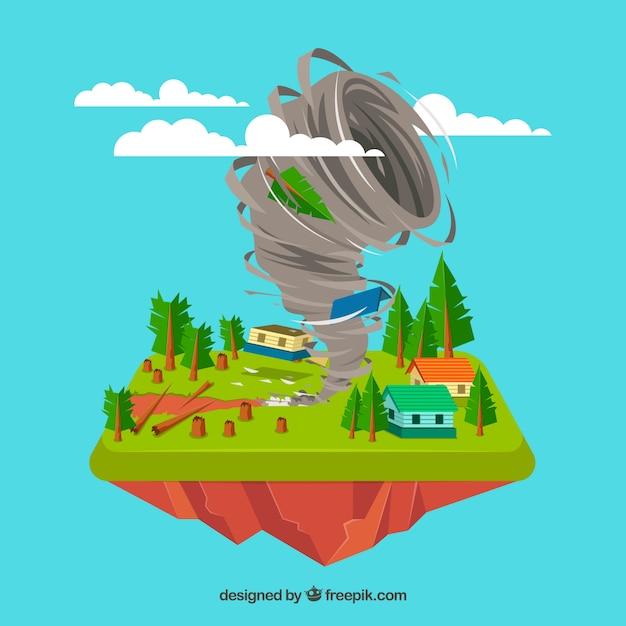Fascinating Facts About Tornados

Tornadoes are one of nature’s most awe-inspiring and destructive forces.
The fastest wind speeds ever recorded on Earth have been in tornadoes.
Tornadoes can form in several different ways, but the most common is from severe thunderstorms.
Despite their size, tornadoes can strike with little to no warning.
Tornadoes can vary in size from a few feet to over a mile wide.
The US experiences more tornadoes than any other country in the world.
Tornadoes can last only a few seconds or persist for over an hour.
The most destructive part of a tornado is its vortex, which is the narrow, rotating column of air.
Tornadoes can reach speeds of over 300 miles per hour.
Tornadoes have been observed on every continent except Antarctica.
The average tornado only lasts for about 10 minutes.
Tornadoes can generate a distinctive sound often described as a freight train.
Tornadoes can move in any direction, although they commonly travel from southwest to northeast.
April, May, and June are the peak months for tornado activity in the United States.
The Tornado Alley region in the US is known for having a higher occurrence of tornadoes.
Tornadoes can cause significant damage and can level entire neighborhoods.
The Fujita scale is used to measure tornado intensity, ranging from F0 (weakest) to F5 (most severe).
Tornadoes can appear as a dark, menacing funnel-shaped cloud.
Fascinating Facts About Tornados part 2
The Hook Echo is a radar signature often associated with strong tornadoes.
Tornadoes can lift and carry heavy objects for miles.
Tornadoes require specific atmospheric conditions to form, including warm, moist air and wind shear.
Flying debris in a tornado can pose a serious threat to life and property.
Tornadoes in the US generally move from west to east.
Tornado watches are issued by meteorologists when conditions are favorable for tornado development.
Tornado warnings are issued when a tornado has been detected by radar or spotted by trained storm spotters.
Tornadoes can cause a sudden drop in atmospheric pressure.
Tornadoes can form over water and are then called waterspouts.
Tornadoes can be classified into different types, including rope tornadoes and wedge tornadoes.
Tornadoes can occur at any time of day, but most occur between 3 pm and 9 pm.
The Tri-State Tornado, which hit Missouri, Illinois, and Indiana in 1925, was the deadliest tornado in US history.
Tornadoes can create hailstorms and intense lightning.
Tornadoes often leave behind a clear path of destruction, known as the tornado’s track.
Tornadoes are often depicted in popular culture as powerful and destructive forces of nature.
Tornadoes can often bring heavy rainfall and flash flooding.
The Doppler effect is used to study tornadoes and determine their strength and rotation.
Tornadoes can form alongside hurricanes and tropical storms.
Mobile homes are particularly vulnerable to tornado damage.
Tornadoes can produce stunning and vibrant colors in the sky, called tornado sunsets.
Tornadoes can generate multiple funnels at once, known as a multiple vortex tornado.
Tornadoes can generate static electricity, causing objects to become charged and potentially leading to lightning strikes.
Tornadoes can lift people and animals into the air, leading to dangerous and sometimes fatal situations.
Tornado damage can extend for hundreds of miles, leaving a path of destruction in its wake.
Tornadoes can cause a sudden drop in temperature as they pass over an area.
Tornadoes can happen anywhere, but they are most common in the central United States.
Despite their destructive nature, tornadoes also play a role in the Earth’s weather patterns, redistributing heat and moisture.

